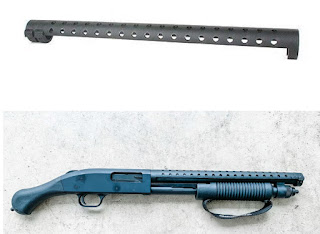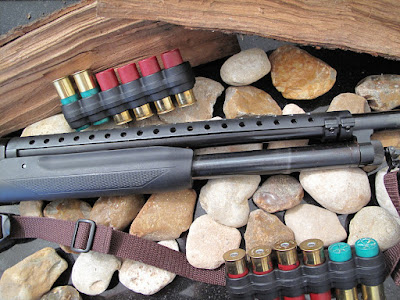As aerospace engineering continually
develops, engineers have faced the issue of how to shield spacecraft and
high-speed vehicles from extreme temperatures at great speeds. Among the
innovations such as the MARS Rover, Space Elevator, Cryogenic Fuel, Space
Plane, and Futuristic Spacesuit, the Shockwave Heat Shield can be defined as
one of the most groundbreaking innovations and serving as a major breakthrough
in engineering thermal protection in today’s aerospace industry. This blog
focuses on the Shockwave Heat Shield and its contribution to the aerospace
industry and traces the relationship of the Tac-14 Heat Shield.
The
Role of Shockwave Heat Shield in Aerospace Engineering
The fundamental
requirement in any high-speed aerospace vehicle is heat dissipation, arising
out of re-entry at velocities or from operating at high temperatures. The
Shockwave Heat Shield is an advanced concept that is intended to protect
spacecraft and equipment from the tremendous thermal loads in these cases.
Again, unlike most conventional heat shields which utilize ablative materials
that are vaporized as heat to minimize re-entry heat, the Shockwave Heat Shield
incorporates enhanced materials and structural layouts that help in reflecting
and dispersing or diverting heat.
 |
| Shockwave Heat Shield |
The first and main purpose
of the Shockwave Heat Shield is to protect the structure of the vehicle and
those traveling in it from energetic shockwaves that occur when the hypersonic
vehicle is in motion. Such shockwaves can produce temperatures of over 3,000
°F, which is quite enough to negatively affect the vehicle’s construction. When
an engineer uses a Shockwave Heat Shield, it is possible to guarantee that the
outer skin of the vehicle does not succumb to heat, therefore safeguarding the
vehicle as well as its occupants or payload.
Integration
with the Tac-14 Heat Shield
The impact of developing
the Shockwave Heat Shield has also been felt in other thermal protection
systems including the Tac-14 Heat Shield. Another similar heat sheath that goes
well in the tactical as well as the military category is the Tac-14 Heat Shield
which similarly avails the same principles of heat dissipation and shockwave
control as the Shockwave Heat Shield. The usage of these technologies enables
designers to develop aerospace vehicles that are more robust and adaptive
especially when it comes to deployments and re-entries.
Due to the material and
design concepts extracted from the SHS, the Tac-14 Heat Shield better addresses
conditions involving thermal as well as kinetic power threats. This combination
of the two heat shield technologies guarantees that aerospace vehicles can
perform optimally in extreme conditions, all the while maintaining safety
levels in mind.
Effects
on Current Aerospace Technology
The integration of the
shockwave heat shield is a revolution that has significant effects on
contemporary aerospace engineering. Probably the most obvious and the most
prominent of all these effects are the opportunities for more numerous and
safer space missions. Better heat shield also ensures that spacecraft can
withstand several re-entering of the earth's atmosphere without a lot of
refurbishing making space travel cheaper and faster. It expands new frontiers
for research and exploration, creating possibilities for space tourists, and
even reusable spacecraft.
Other than space
exploration, the Shockwave Heat Shield is relevant to the development of future
hypersonic aircraft. These aircraft must reach speeds higher than Mach 5, and
thus, involve the usage of a considerably durable layer of thermal protection
to avoid failure of the airplane. This way shocking wave heat shield
facilitates the creation of these high-speed vehicles, which are expected to
transform aerial transportation and military strategies.
The Tac-14 Heat Shield has
improved the levels of wear and heat protection and remains important in
safeguarding such assets. Be it about missile defense systems or high-altitude
aircraft, the Tac-14 Heat Shield
guarantees that these vehicles are fit for the rigorous environment to sustain
functionality, thus promoting mission accomplishment.
Conclusion
The Shockwave Heat Shield
is the ultimate aero thermal solution for aerospace engineering, designed to
withstand high energy density heat and sharp shock waves typical of space-like
conditions. Its relevance to the contemporary utilization of aerospace
technologies is apparent because it aids in designing increased complex
missions and innovative vehicles. With such advancements, this technology will
complement the Tac-14 Heat Shield, improving the performance of aerospace
vehicles to meet future requirements.
















